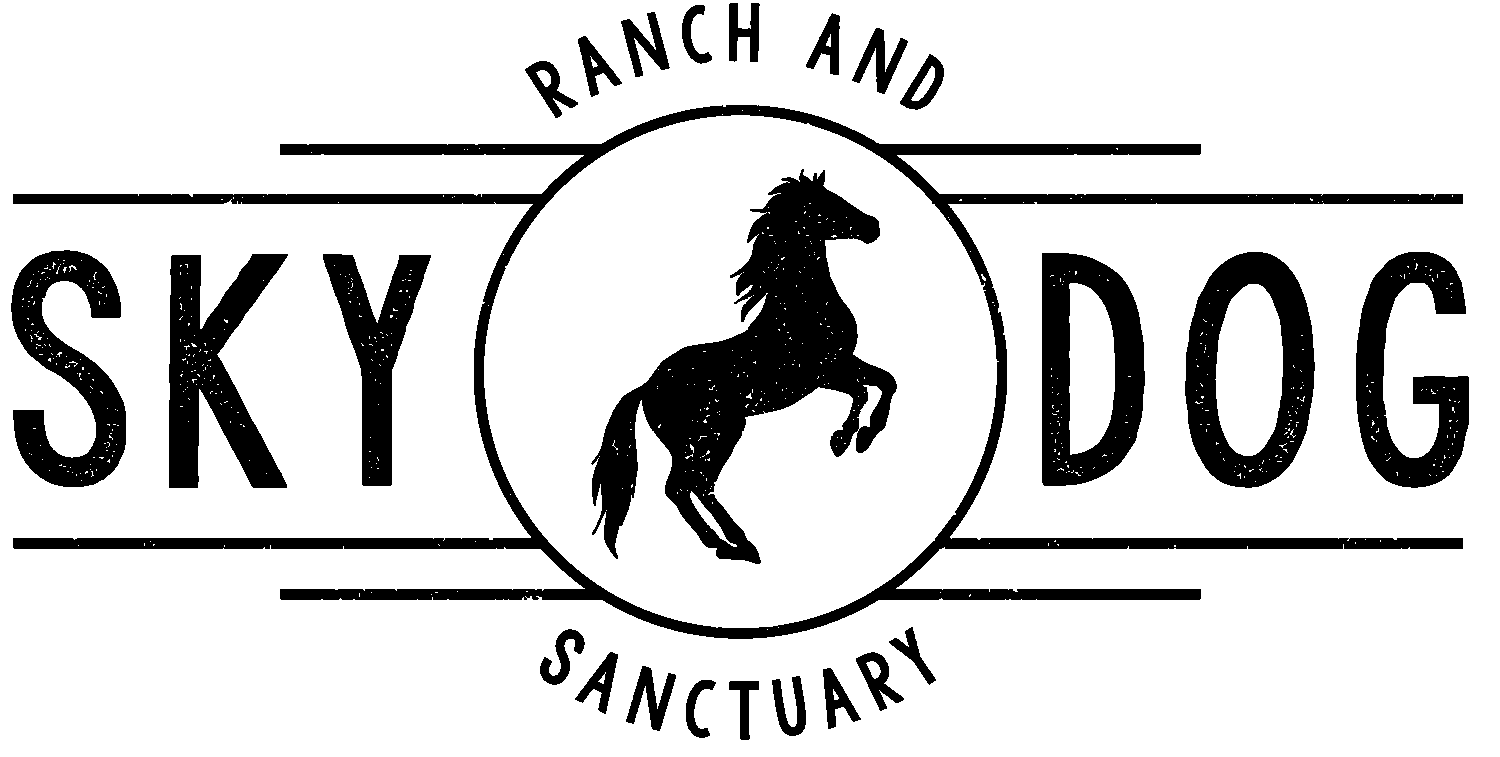Call to Action
Submit public comments to oppose the BLM’s extinction plan for wild horses in the Wyoming Checkerboard
Deadline: April 30, 2025, 4:00 PM (MST)
Through April 30th, the Bureau of Land Management (BLM) is accepting public comments on an Environmental Assessment: Gather Plan to Remove Excess Wild Horses from Herd Areas Previously Designated as Herd Management Areas (DOI-BLM-WY-D040-2024-0101-EA). This plan will eliminate protection from 2 million acres of habitat, zero out the herds in Salt Wells Creek, Great Divide Basin, and parts of Adobe Town.
Half of Wyoming’s wild horses reside in the southern part of the state in an area known as the Checkerboard region. This mix of privately-owned property and public lands gives the appearance of a checkerboard on a map. The Rock Springs Grazing Association (RSGA) controls most of the private lands. There are several Herd Management Areas (HMA) among the public lands. They came into existence by agreement with the RSGA, whose members decided to withdraw their consent in 2010. The BLM, as usual, sides with the ranchers. The American Wild Horse Conservation, conservationists, academics, and other wild horse advocates have been fighting it in court ever since.
The battle has come to its culmination in the Tenth Circuit Court of Appeals after a lower district court ruled in favor of the BLM’s plan. In March 2025, attorney William S. Eubanks (Eubanks and Associates) presented oral arguments for the plaintiffs. A ruling is expected before July. If the BLM loses, they cannot zero out these herds as presented in this EA draft of the roundup plan. If they win, the EA still has to be finalized before zeroing out any herds. The BLM is moving ahead and scheduling the roundups to begin July 15, 2025. They have opened a period for public comment to finalize the plan to:
1) remove excess wild horses from Herd Areas that have been determined to be unsuitable for the long-term management of wild horses due to the presence of interconnected private lands;
2) to remove wild horses from private lands within these Herd Areas, as requested by the private landowner.
This is an extinction level threat. Much of this land lies within the Red Desert, a thriving ecological hotspot where Blue Zeus and his family were rounded up. Most of America’s few remaining wild curlies live in Salt Wells Creek, which is where Goliath, Red Lady, and Ember were rounded up. Their other-worldly beauty is their genetic inheritance from this unique herd. They should be managed and protected as the national treasure that they are. Instead, the BLM wants to wipe them out.
Submit Public Comments
PLEASE submit your comments via the BLM National NEPA Comment Form by April 30, 2025, 4:00pm (MST).
· On the left side of the page, click on the green PARTICIPATE NOW button.
· On the next page, click again on the green PARTICIPATE NOW button.
· Enter comments in your own words opposing the BLM’s plan to zero out the Checkerboard herds.
You may feel like your comments disappear into a black hole and make no difference. The truth is they become part of an essential public record that can be shown to authorities and decision makers to prove the public doesn’t like the way the BLM manages our public lands. It’s extremely important that as many people as possible comment, so please share this with others. All Americans should have a voice in the future of lands designated as habitats for federally-protected wild horses.
Some Talking Points to Consider:
— The decision to turn these Herd Management Areas into Herd Areas in order to zero out the wild horse populations is still being challenged in court. The BLM should wait until the 10th Circuit Court of Appeals determines its validity or sends it back to the lower court for further clarification.
— The BLM should be managing and protecting the unique genetics of the curly mustangs of Salt Wells Creek. This is where the few remaining curlies exist in the wild. Wiping them out is an assault on our national heritage and will cause irreversible harm to the public that loves and respects them. Polling shows that Americans overwhelmingly support the protection of wild horses on our public lands, yet the BLM, a federal bureau, prioritizes the commercial interests of the livestock industry.
— According to Wyoming Statute Title 11, Chapter 28, Wyoming is a “fence-out” state. This means it is the responsibility of private property owners to fence out wildlife they don’t want on their land. Commercial livestock should be contained on the Checkerboard, rather than removing mustangs or other wild herbivores.
— The option of relocating horses to neighboring Herd Areas should be analyzed as a fiscally responsible alternative to keeping captured animals in an overburdened, miserable, unaccountable, extremely expensive, unsustainable holding system.
— Motorized vehicles should not be used in any removal operation. They are always lethal during and after the roundup. Finding ways to manage wild herds on the range kills no animals and costs taxpayers nothing.
— The BLM Land Exchange Handbook states: “Land exchanges allow the BLM to reposition or consolidate lands into more manageable units.” This is an obvious way to reduce tensions between private and public land that needs to be seriously explored.
— Reduce livestock on the Checkerboard, not wild horses. If the RSGA doesn’t “fence out” it’s private property, commercial livestock crosses onto public lands as easily as wild horses onto private. Commercial livestock vastly outnumber wild horses and are the cause of tremendous ecological damage on public lands. According to BLM regulation 43 C.F.R. 4710.5, privately-owned livestock can be permanently or temporarily removed from public lands “if necessary to provide habitat for wild horses or burros, to implement herd management actions, or protect wild horses and burros.” Private ranchers can let their animals destroy their own land. They should not be permitted to destroy public lands for all.
Learn More:
Rock Springs Comment Period: Questions

